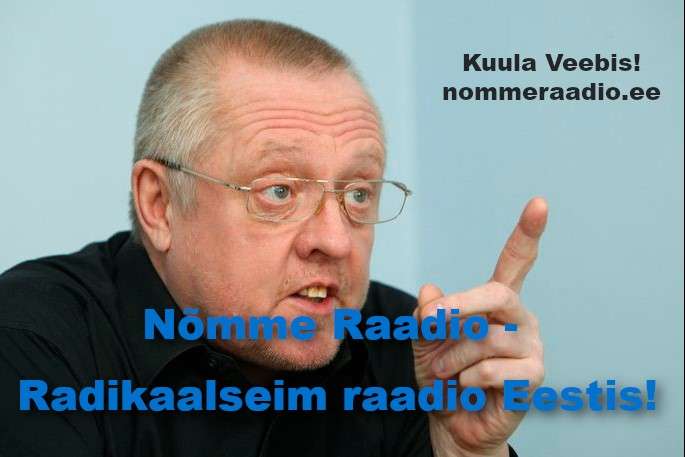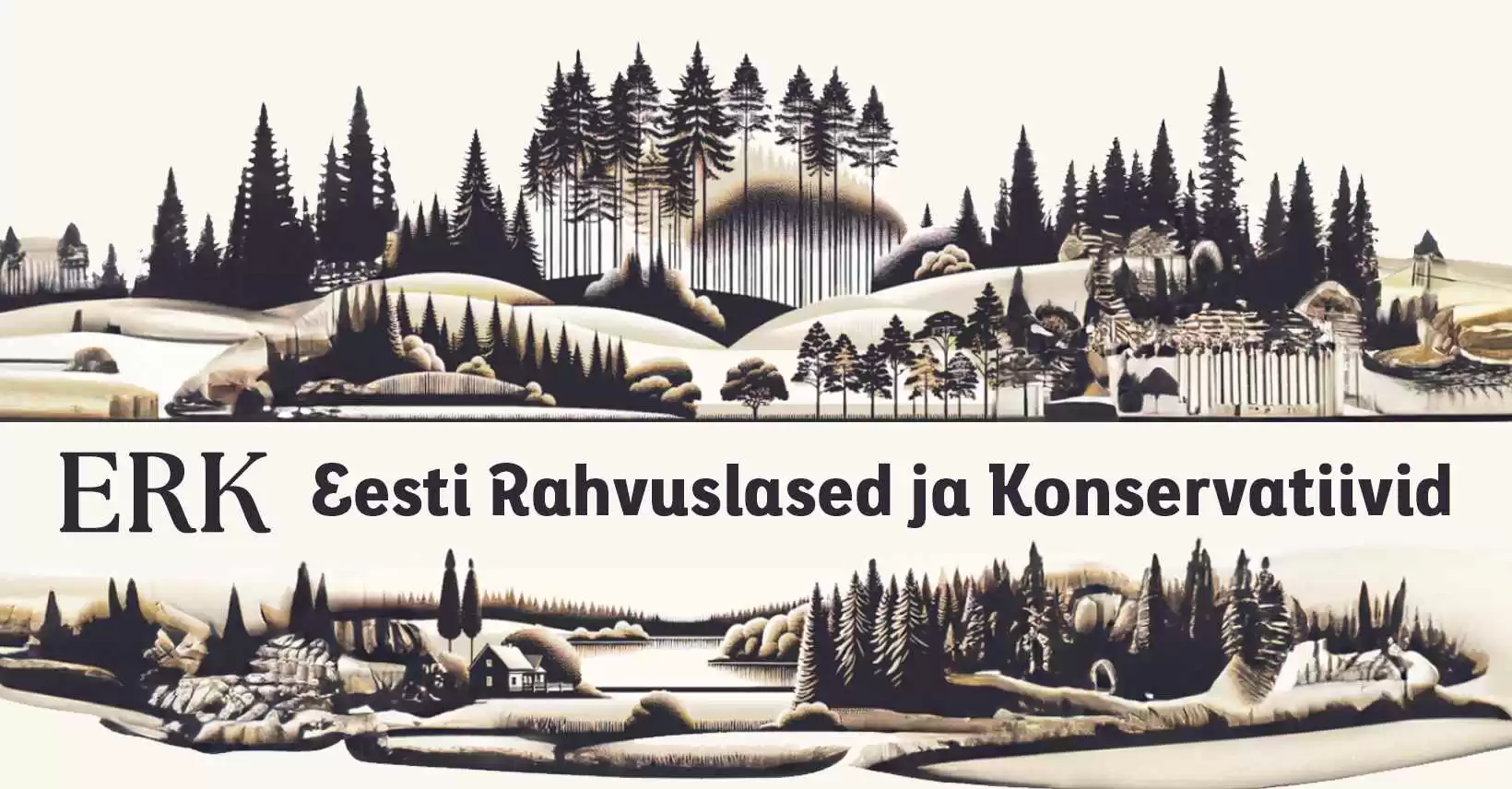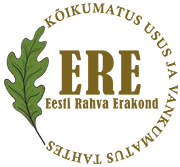The so-called “Bulldozer Revolution” that toppled the erstwhile Yugoslavia’s Slobodan Milosevic in 2000 is considered to be the first Color Revolution even though the concept of weaponized protests predates that drama. It’s for that reason why observers, especially those who support the emerging Multipolar World Order, take claims of another Color Revolution there very seriously. Such was the case over the past week after a Serbian newspaper warned about the opposition’s plot to seize power on Saturday:
“In the last phase of the plan for August 10, the organizers of the protest, if they think that there are enough people in the crowd that ready to resort to violence, will call on protesters to suddenly move toward the presidential palace and, amid unrest, attempt to capture and then assassinate President Vucic.
If they succeed, they will start a campaign of unprecedented proportions through their own media and friendly foreign media, with the aim to show that the assassination was a result of a spontaneous expression of general popular discontent and not an act of organized crime by the opposition and foreigners.
As their ‘reasoning,’ they will use the narrative that the so-called environmental protests were a genuine popular uprising from the beginning, even though so far we have seen and documented countless examples that almost all protests were organized by opposition parties and their satellites.”
Their article was followed the day after by President Aleksandar Vucic telling reporters that Russia passed along intelligence about an impending coup, thus lending credence to this scenario. Earlier that week, Bangladesh’s long-serving Prime Minister was deposed in its own Color Revolution that readers can learn more about here, so observers braced for the worst in Serbia. Although that didn’t transpire, the authorities still claimed that Saturday’s protest followed “the scenario of Color Revolutions”:
“The Serbian Ministry of Interior reports that after the end of protests on Terazije Square, serious violations of public order and law were committed. The organizers and instigators were warned by the police both before and during the protest that their actions were against the law. All those who committed crimes and misdemeanors will be prosecuted.”
What’s missing from their report is the fact that there’s genuine patriotic furor over Serbia’s deal with the German-led EU last month to restore Rio Tinto’s license to extract lithium from the country after it was rescinded in 2022 under popular pressure. President of the Srebrenica Historical Project Stefan Karganovic wrote about this in early July in his analysis for the Strategic Culture Foundation titled “The Lithium cabal defeated in Bolivia, but winning in Serbia.”
He lambasted the Serbian government’s corrupt practices and disregard for the people’s welfare with this deal, which many believe to be economically unfair and fraught with potentially devastating environmental consequences, warning that nationwide protests might follow. There had been two other large-scale protest movements in the past year over gun violence and alleged electoral irregularities, which were analyzed in these two pieces at the time:
* 7 June 2023: “Serbia’s Anti-Government Protesters Are A Mix Of Color Revolutionaries & Patriots”
* 25 December 2023: “The West Isn’t Content With Vucic’s Many Concessions And Wants Full Control Over Serbia”
To summarize, the first drew attention to how patriotic groups participated in last summer’s unrest in order to raise awareness of their concerns that the government is buckling under Western pressure on Russia and Kosovo. Although Serbia hasn’t sanctioned Russia, it voted against it at the UNGA and Vucic expressed a nonchalant attitude towards Serbian arms being funneled to Ukraine. As regards Kosovo, his government doesn’t formally recognize it, but certain moves in the past suggested informal recognition.
Regarding the second analysis, its content is self-explanatory: the West always wants more from its partners, who it treats as vassals, and considers each of their concessions to be a step closer to the goal of full control instead of compromises made under duress out of desperation to relieve pressure. In the Serbian case, they want Vucic to sanction Russia, openly transfer arms to Ukraine, and formally recognize Kosovo, none of which he can do though without risking a patriotic revolt.
This insight places the latest events into context. The Rio Tinto deal served as the trigger event for politically mobilizing a broad swath of anti-government activists, which includes bonafide Western assets, legitimate patriotic forces, and average citizens, each in advance of their own agenda. The involvement of the aforesaid assets suggested that their patrons might try to carry out a Color Revolution, hence Russia’s warning, but not all of the protesters were Color Revolutionaries.
Therein lies the crux though since Color Revolutionaries rely on the participation of other people in order to exploit them as de facto “human shields” behind which the rioters can hide for deterring the state from using forcible measures for restoring order as they try to seize control of the state. At the same time, despite being aware of these mechanisms given the “Bulldozer Revolution” from nearly one-quarter of a century ago, legitimate patriotic forces and average citizens still spilled into the streets.
They didn’t do this to aid the Color Revolutionaries but to make the point that they won’t let a few rotten apples spoil the whole batch and discredit anti-government protests in principle. About that, some have suspected that the government hypes up Color Revolution threats in order to pressure people from participating in protests, which then facilitates their alleged electoral irregularity schemes. After all, speculative rigging is easier to pull off if there aren’t frequent anti-government protests.
In any case, there wouldn’t have been any large-scale protests over the weekend had Serbia not restored Rio Tinto’s lithium extraction license, the decision of which will now be briefly analyzed. Depending on one’s perspective, it was either done with noble intentions, as part of some corrupt pact, or was yet another compromise made under duress out of desperation to relieve Western pressure. Whatever the motive may be, it brought Color Revolutionaries and legitimate patriotic forces alike into the streets.
It’s for this reason that observers can conclude that the Serbian government is inadvertently responsible for the latest Color Revolution intrigue since there wouldn’t have been any protests on Saturday had it not been for clinching that controversial deal last month. By doing so, the state created its own trigger event for politically mobilizing a broad swath of anti-government activists, within which were bonafide Western assets whose participation was hyped up to discredit everyone else’s.
Color Revolutionaries will take advantage of any cause to push their agenda, even patriotic and environmental ones, but that doesn’t mean that legitimate patriotic forces, environmental activists, and average citizens are all part of a foreign regime change plot. The reason why Serbia appears to regularly be on the brink of a Color Revolution is because there aren’t many – some would even that there aren’t any – viable pressure valves that people can resort to for channeling their frustrations with the state.
Protests are seen by some as the only form available for drawing attention to their concerns since most private media is either de facto controlled by the state or the West. Those Serbs who have no regime change intentions and just want to make the state aware of how upset they are with some of its policies can therefore only do so through mass demonstrations that are always at risk of being hijacked by Color Revolutionaries. This in turn creates a self-sustaining cycle of mutual mistrust and political escalation.
The problem is systemic and due to Serbia’s “national model of democracy” that’s taken root under Vucic during his decade in power as Prime Minister and now President. By fearmongering that every protest is a Color Revolution plot and depriving his people of viable pressure valves for channeling their frustrations, he brought a lot of this upon himself and risks creating a self-fulfilling prophecy. Unless this changes, Serbia will always appear (whether rightly or not) to be on the brink of another regime change.







